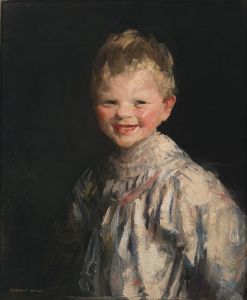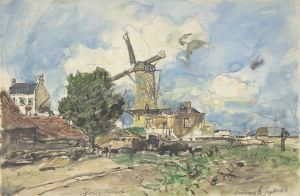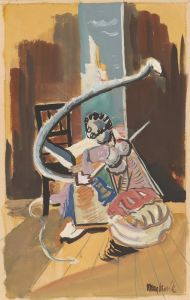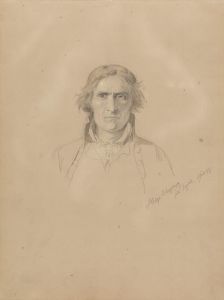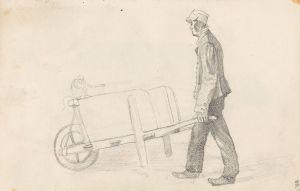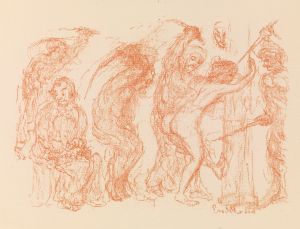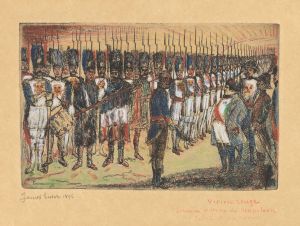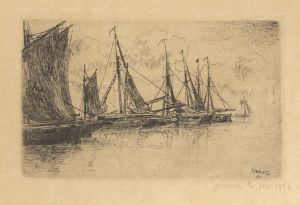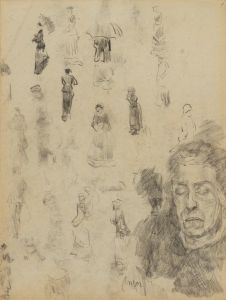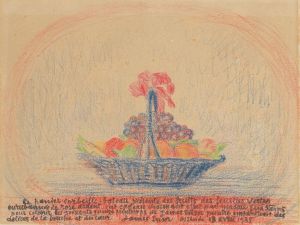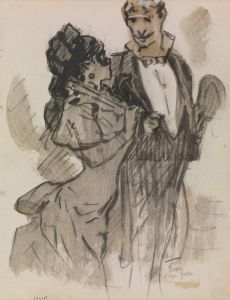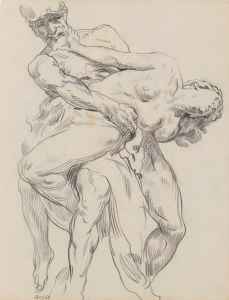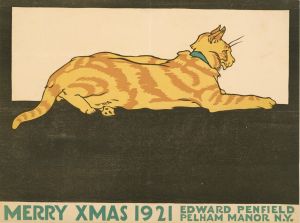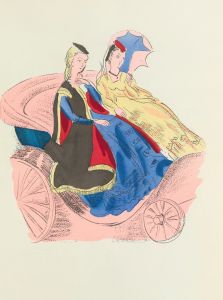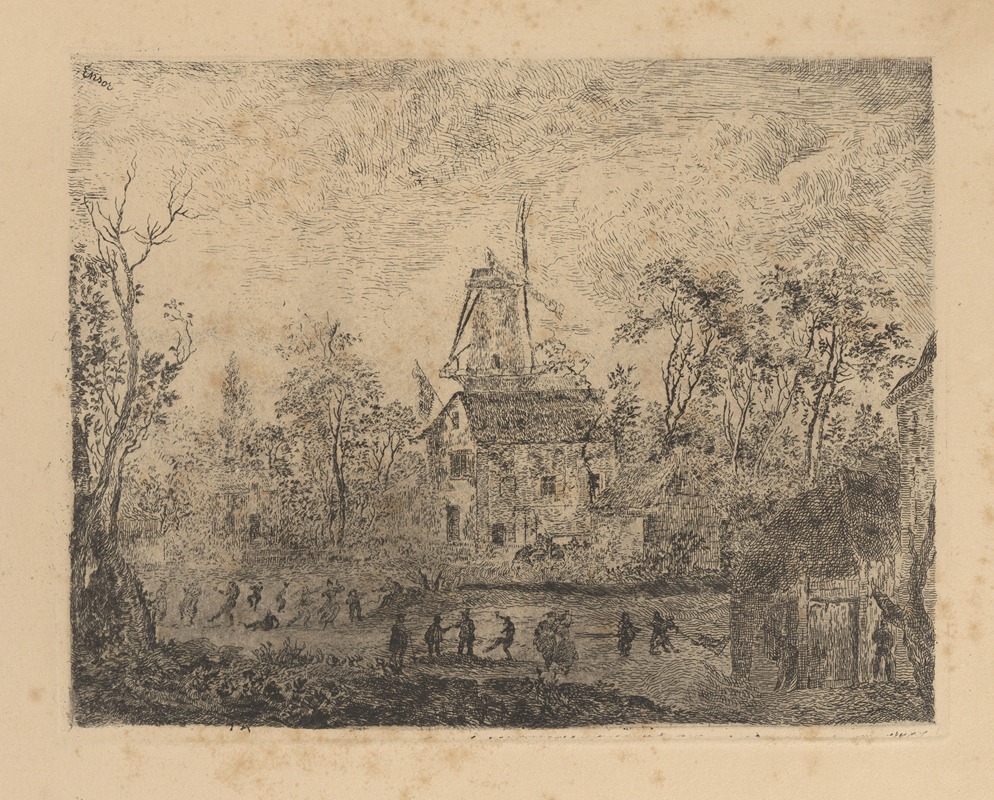
De kermis bij de molen
A hand-painted replica of James Ensor’s masterpiece De kermis bij de molen, meticulously crafted by professional artists to capture the true essence of the original. Each piece is created with museum-quality canvas and rare mineral pigments, carefully painted by experienced artists with delicate brushstrokes and rich, layered colors to perfectly recreate the texture of the original artwork. Unlike machine-printed reproductions, this hand-painted version brings the painting to life, infused with the artist’s emotions and skill in every stroke. Whether for personal collection or home decoration, it instantly elevates the artistic atmosphere of any space.
James Ensor's painting "De kermis bij de molen," also known as "The Fair at the Mill," is a significant work by the Belgian artist, who is renowned for his unique style that blends elements of Impressionism, Symbolism, and Expressionism. Ensor, born in 1860 in Ostend, Belgium, was a pivotal figure in the transition from 19th-century realism to 20th-century modernism. His work often features fantastical imagery, vibrant colors, and a distinctive use of light and shadow.
"The Fair at the Mill" was created during a period when Ensor was deeply engaged with themes of social commentary and the grotesque. This painting, like many of his works, reflects his fascination with the carnival and the absurdity of human behavior. Ensor's upbringing in Ostend, a coastal city known for its bustling fairs and carnivals, heavily influenced his artistic vision. These events provided a rich tapestry of characters and scenes that he frequently incorporated into his art.
In "The Fair at the Mill," Ensor captures the lively and chaotic atmosphere of a fairground. The painting is characterized by its dynamic composition and the vivid portrayal of figures engaged in various activities. Ensor's use of color is particularly noteworthy; he employs a bright and varied palette to convey the excitement and energy of the scene. The figures in the painting are depicted with exaggerated features, a hallmark of Ensor's style, which often borders on caricature. This approach allows him to explore themes of human folly and the grotesque nature of social gatherings.
The setting of the painting, a fair near a windmill, is typical of the rural fairs that were common in Belgium during Ensor's time. These fairs were not only places of entertainment but also social gatherings where people from different walks of life would come together. Ensor's depiction of this scene can be seen as a microcosm of society, where the boundaries between reality and fantasy blur, and the mundane is transformed into the extraordinary.
Ensor's work is often interpreted as a critique of bourgeois society and its conventions. In "The Fair at the Mill," the chaotic and sometimes unsettling imagery can be seen as a reflection of the artist's views on the superficiality and absurdity of social norms. The painting invites viewers to look beyond the surface and consider the deeper implications of the scenes depicted.
Throughout his career, Ensor was associated with the avant-garde group Les XX, which played a crucial role in promoting modern art in Belgium. His work, including "The Fair at the Mill," was instrumental in challenging traditional artistic conventions and paving the way for future generations of artists.
In summary, "De kermis bij de molen" is a quintessential example of James Ensor's artistic style and thematic concerns. Through his vivid portrayal of a fairground scene, Ensor offers a glimpse into the complexities of human nature and the societal norms of his time. The painting remains an important work in the study of modern art, reflecting Ensor's innovative approach and his contribution to the development of 20th-century art movements.





